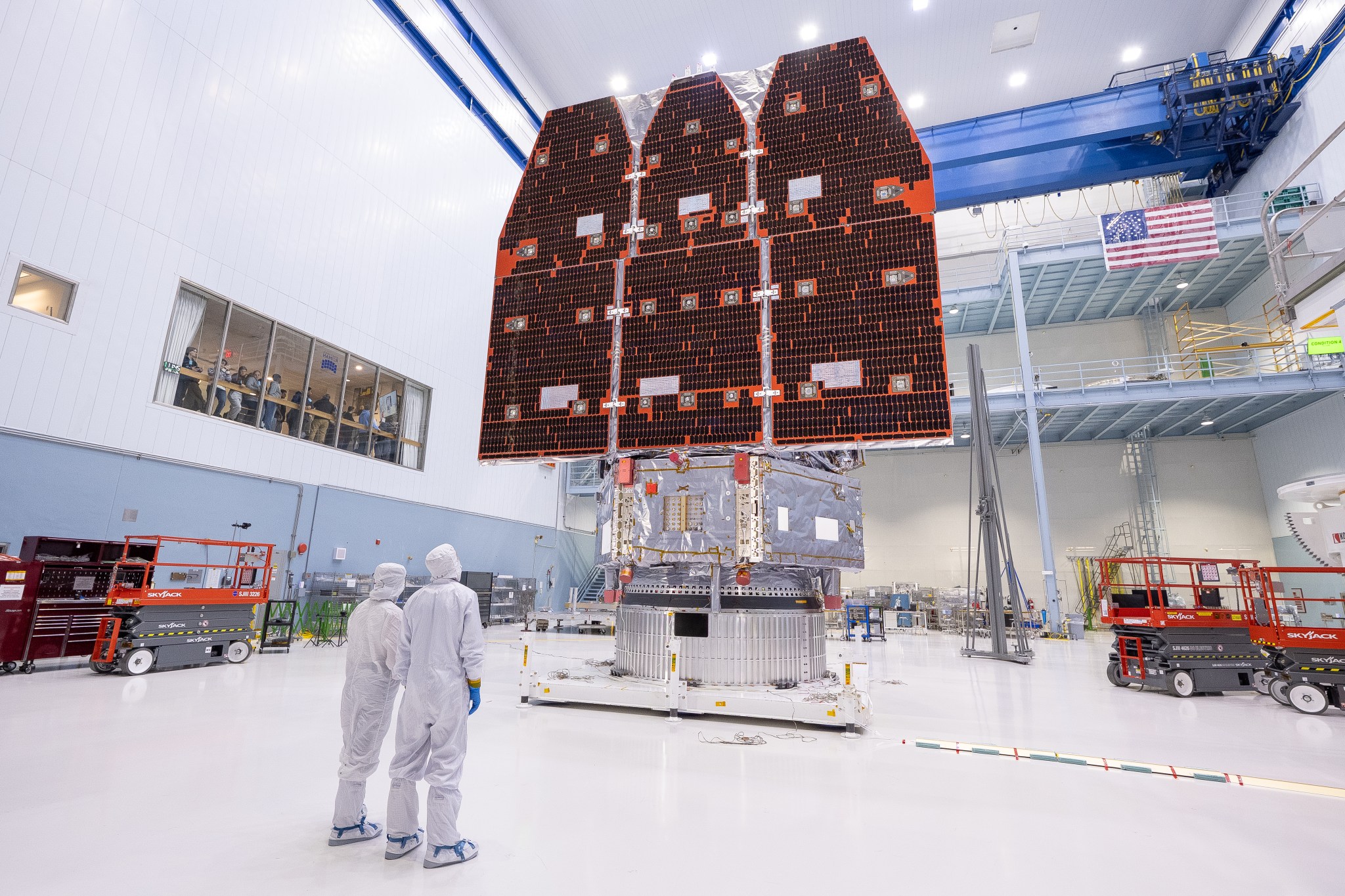Since Rosetta’s lander Philae first woke up from hibernation and called ‘home’ on 13 June, the teams at the Lander Control Center (LCC – DLR), the Science Operations and Navigation Center (SONC – CNES), the Max-Planck Institute (MPS – Göttingen) and the Institute for Particle and Nuclear Physics (Wigner Research Centre for Physics – Budapest) have been working with ESA’s Rosetta Mission Operations Centre (RMOC – ESOC) and the Rosetta Science Ground Segment (RSGS – ESAC), and in close cooperation with the Philae and Rosetta scientists, to establish regular and predictable contacts with Philae, and to resume scientific measurements. This blog post has been written by Koen Geurts, Philae technical manager, and Cinzia Fantinati, Philae operations manager (both from the LCC at DLR), and gives a detailed insight into the work being done by the teams. Following Philae’s deployment by Rosetta to the surface of Comet 67P/Churyumov-Gerasimenko on 12 November 2014, the lander operated for 2.5 days before falling into hibernation at its final landing site, Abydos. The fundamental issue was a lack of sunlight to charge Philae’s secondary batteries. Due to the large number of unknowns with respect to Philae’s final landing site, not least the lander’s orientation with respect to the local topography, it was difficult to precisely predict when Philae might wake-up again as the comet approached the Sun and the strength of the sunlight increased. Another major concern was the ability of the hardware to survive the very low temperatures, well below the –55°C qualification temperature, expected during the likely several month long hibernation phase. Previous posts have described the essential conditions that must be met for Philae to wake up and boot: an internal temperature above –45°C and more than 5.5W of power. Based on measurements made before Philae entered hibernation in November and models […]
from Rosetta - ESA's comet chaser » Rosetta - ESA's comet chaser http://ift.tt/1M1x5TB
via IFTTT
Tools and thoughts!
Subscribe to:
Post Comments (Atom)
NASA’s Nancy Grace Roman Space Telescope Completed
Over the course of several hours, technicians meticulously connected the inner and outer segments of NASA’s Nancy Grace Roman Space Tel...

-
NASA has exercised the second option of its Information Technology and Multimedia Services (ITAMS) contract with DB Consulting Group, Inc., ...
-
4 min read NASA X-ray Telescopes Reveal the “Bones” of a Ghostly Cosmic Hand Credit: X-ray: NASA/CXC/Stanford Univ./R. Romani e...

No comments:
Post a Comment